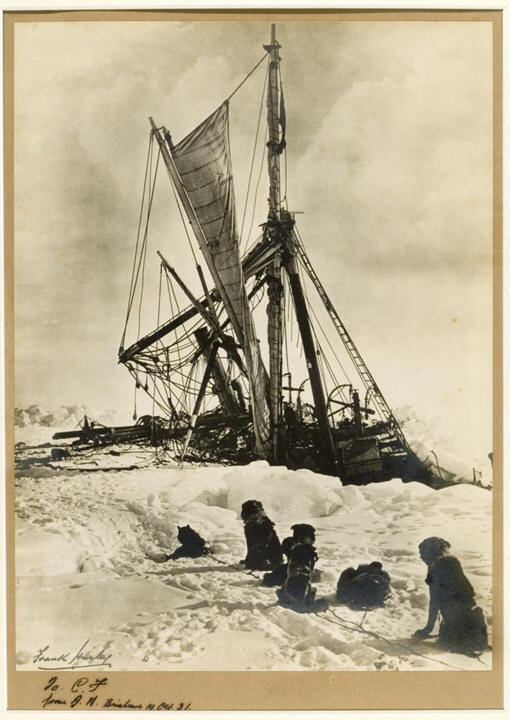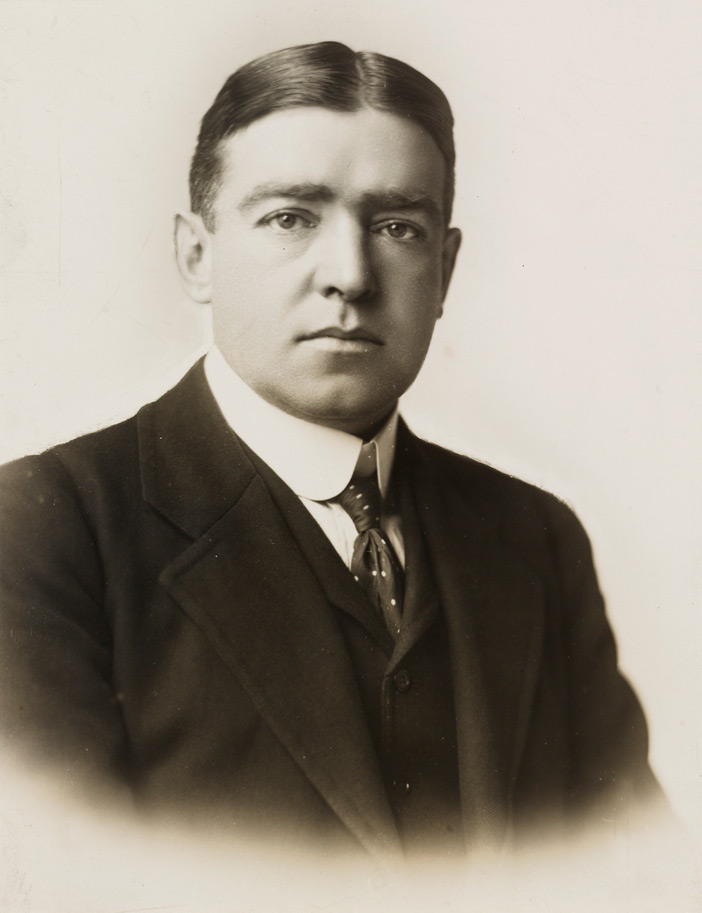Who was Ernest Shackleton?
Explorers of the the Heroic
Age
Roald Amundsen
| Douglas Mawson
| Robert
Scott
An introduction to Ernest Shackleton. A presentation summarizing his achievements and legacy from the Heroic Age of Antarctic exploration for use in schools by teachers and students or anyone interested in his story.

Ernest Shackleton
presentation - click to open or download as .pptx, PowerPoint
2.21Mb - 9 slides
As a webpage or to print out as text and
pictures: .pdf
The presentation
as a movie: .mp4
Ernest Shackleton was one of the giants of Antarctic exploration in the Heroic Age in the early years of the 20th Century. He went to Antarctica on four separate expeditions, the first led by Captain Robert Scott and the others arranged and led by himself. He didn't achieve any particular geographic "firsts" (though was one of the first party to climb Mt. Erebus), but his name has become a by-word for leadership and success in the face of apparently overwhelming circumstances.
Copyright: Material on these pages is copyright Paul Ward / CoolAntarctica.com. It may be used as a presentation or printed for personal or public performance as long as it is not for direct or indirect commercial use (no pay to view, no use behind a paywall). It may be altered or modified, but not made publically available or transmitted to others in original or modified form without the written permission of Paul Ward / CoolAntarctica.com. Don't even think about trying to sell this free resource! (some people do, shocking isn't it?) Most of the pictures are in the public domain.
The
Presentation
open
or download as .pptx
1 - Title Page
2 - Ernest Shackleton 1874 - 1922
Born in Ireland on the 15th of February 1874 to an English
family, one of 10 children, the family moved to London when
Ernest was 10, he joined the merchant navy at 16.
Ernest Shackleton first went to Antarctica at the age of 27 in 1902 on Scott's Discovery expedition. He was one of a party of 3 including Captain Scott who reached a then Farthest South coming within 530 miles of the South Pole. Shackleton suffered particularly from snow-blindness, frost bite and scurvy, and was invalided home early on the return to the expedition base.

3 - In 1908 on his own expedition on the ship Nimrod, Shackleton came to within 97 miles of the pole as part of a party of 4, another Farthest South.

4 - On his return from Antarctica and in between his Antarctic expeditions Shackleton tried to find other ways of making money, here are some things he attempted:
Applied for a commission to the Royal Navy - rejected.
Became a journalist - left quickly.
Become the Secretary
of the Royal Scottish Geographical Society -
briefly.
Stood for parliament - unsuccessfully.
Started a troop transport scheme - came to nothing.
Tried
to promote a tobacco company - came to nothing.
Began
a scheme selling stamps - came to nothing.
Tried to develop
a Hungarian mine - came to nothing.

5 - He did however receive many public
honours including a knighthood. He was part of the first
party to climb Mount Erebus. He was given an OBE in recognition
of his efforts in the First World War. His most successful
means of earning money was lecturing about his Antarctic
trips.
He was almost constantly in debt, particularly
due to his expeditions. He was fortunate enough to have
many of these debts written off following his inability
to repay them.

6 - In 1914 Shackleton set out for Antarctica again, the south pole had been reached by the parties of Amundsen and Scott, so his intention was to cross the continent from one side to the other via the South Pole.
His ship, the Endurance, never even reached land in Antarctica, she was stuck in ice and then crushed, Shackleton and his crew faced a 19 month survival ordeal before they returned to safety. They were stranded out on unstable sea-ice with no means to communicate with the outside world and limited equipment and food.

7 - Shackleton died of a heart attack at the age of 47 in 1922 at the edge of Antarctica on South Georgia, at the very beginning of what would have been his 4th expedition. His death is considered to signify the end of the "Heroic Age" of Antarctic exploration that started in 1897.
Despite a career where he never achieved most of his initial goals, Shackleton is considered to be one of the most successful leaders of all time and one of the greats of Polar Exploration.

8 - He was admired and most of all trusted by the men under his command having the "common touch" , able to converse and have a joke with anyone.
Above all, he led by example, he was ever eager and enthusiastic, sharing excitements and successes but keeping worries largely to himself.

9 - Shackleton's style is a by-word
for calm, reflective, effective leadership under pressure
when faced with uncertainty and changing circumstances.
The story of the Endurance expedition is of overcoming
a series of obstacles any one of which is seemingly insurmountable.
The crew were unanimous in their view that it was Shackleton
who held things together and was instrumental in bringing
them all back alive. This despite being faced with a widely
varied team in temperament, ability and attitude to the
situation they found themselves in.


